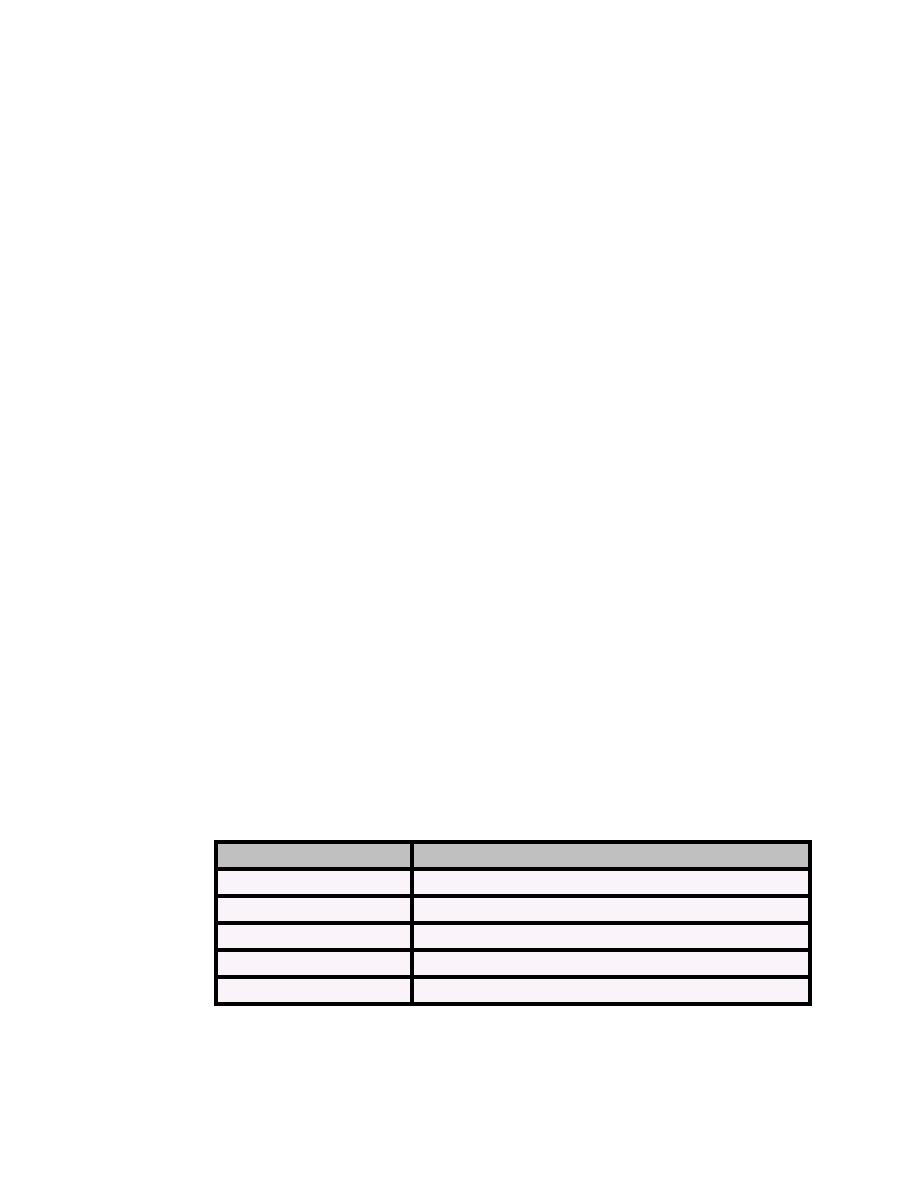
Aggregates - set functions
Derby Reference Manual
111
·
·
·
·
·
·
·
·
·
·
·
·
·
·
·
·
·
·
·
·
·
·
·
·
·
·
·
·
·
·
Aggregates (set functions)
This section describes aggregates (also described as set functions in ANSI SQL-92 and
as column functions in some database literature). They provide a means of evaluating
an expression over a set of rows. Whereas the other built-in functions operate on a
single expression, aggregates operate on a set of values and reduce them to a single
scalar value. Built-in aggregates can calculate the minimum, maximum, sum, count, and
average of an expression over a set of values as well as count rows.
The built-in aggregates can operate on the data types shown in the following table.
Table 7.
Permitted data types for built-in aggregates
Function Name
Permitted Data Types
COUNT
All types
MIN
Numeric built-in data types
MAX
Numeric built-in data types
AVG
Numeric built-in data types
SUM
Numeric built-in data types
Aggregates are permitted only in the following:
· A SelectItem in a
.
.
